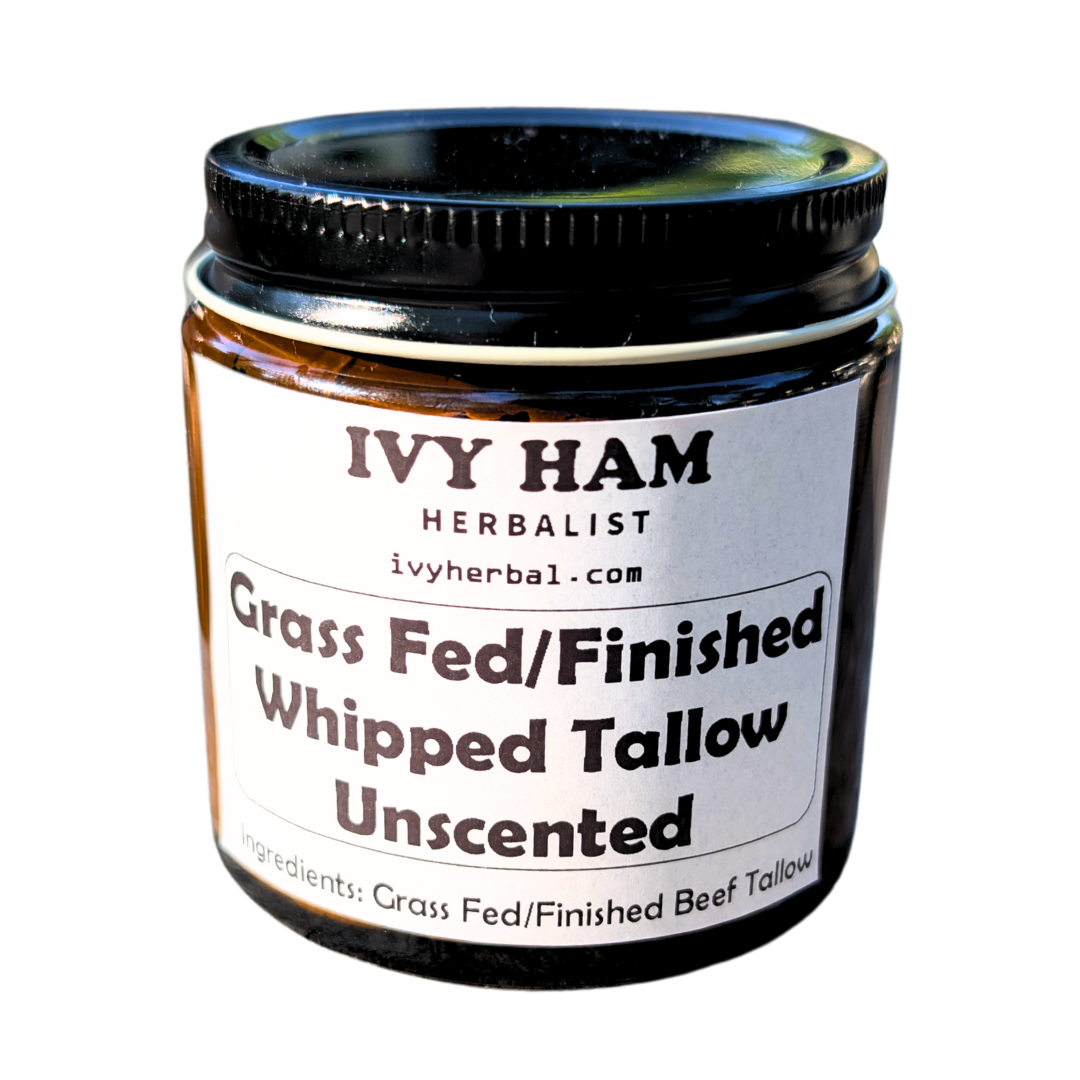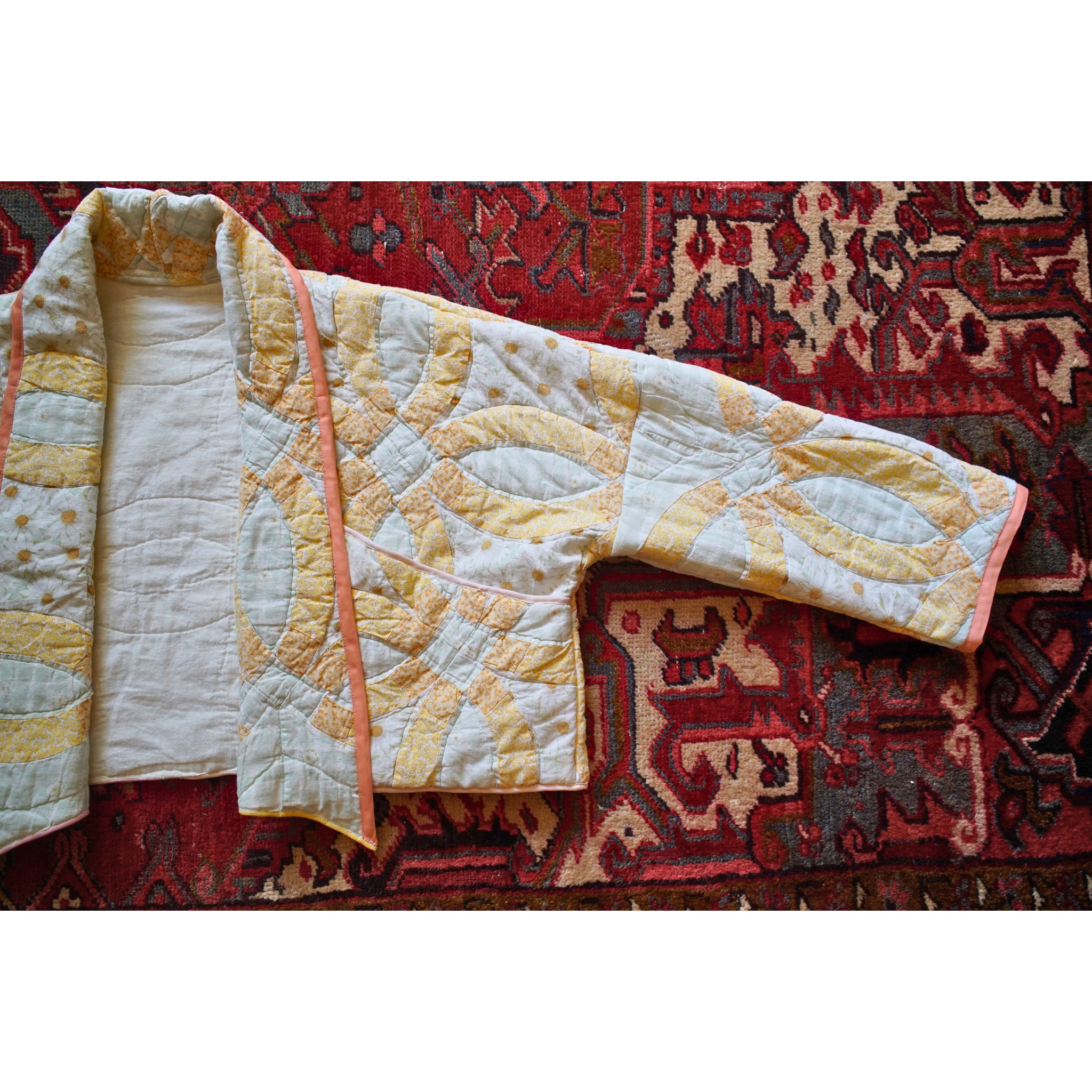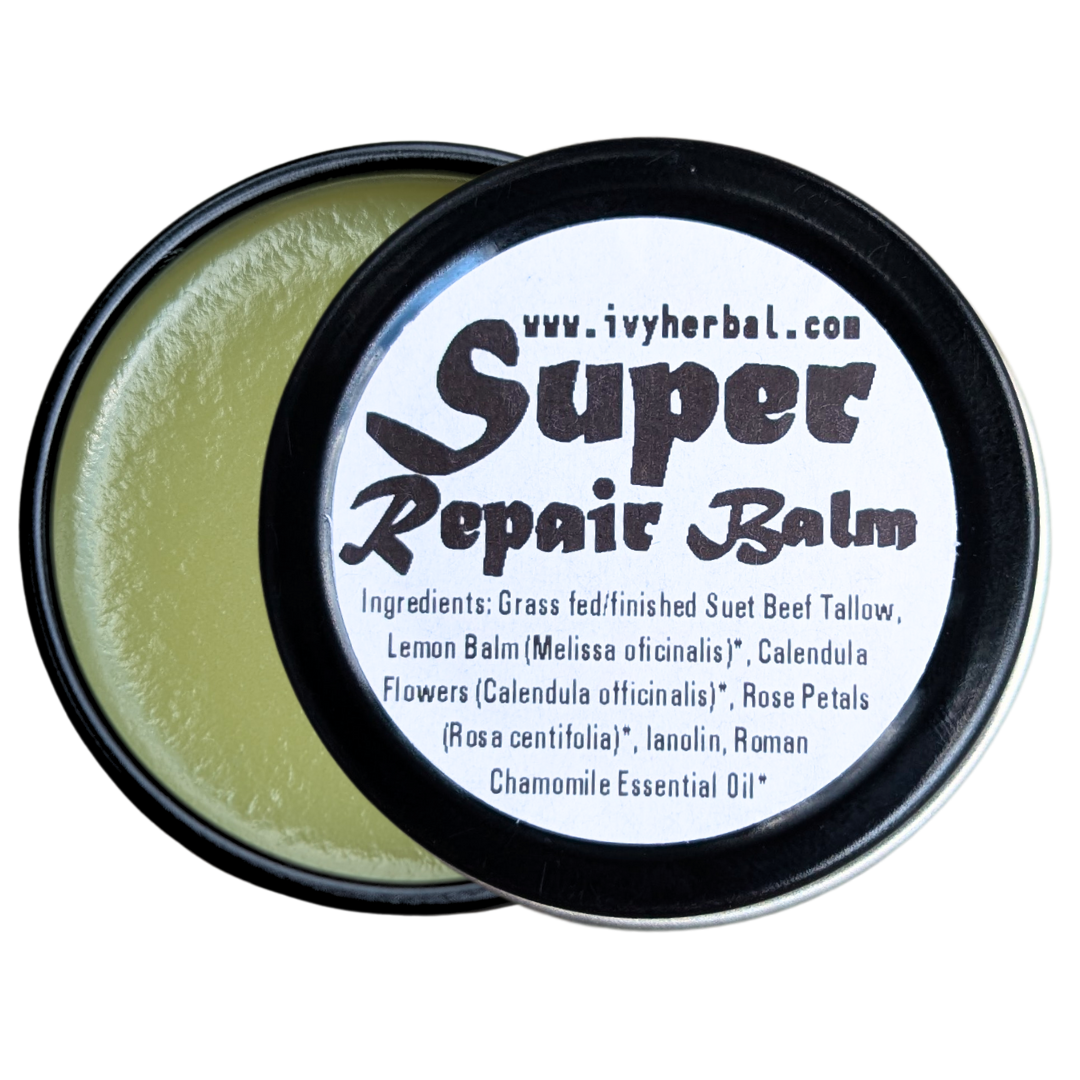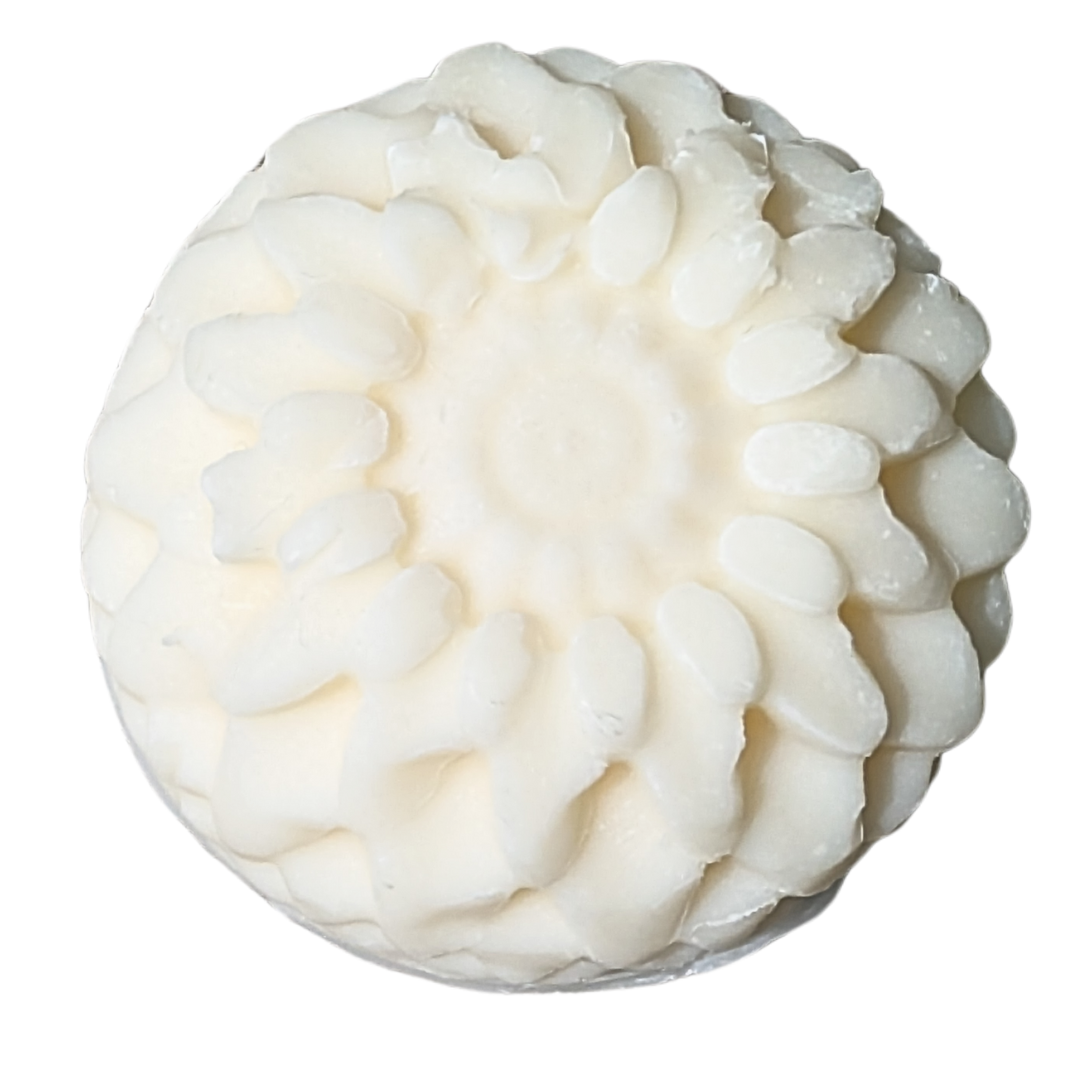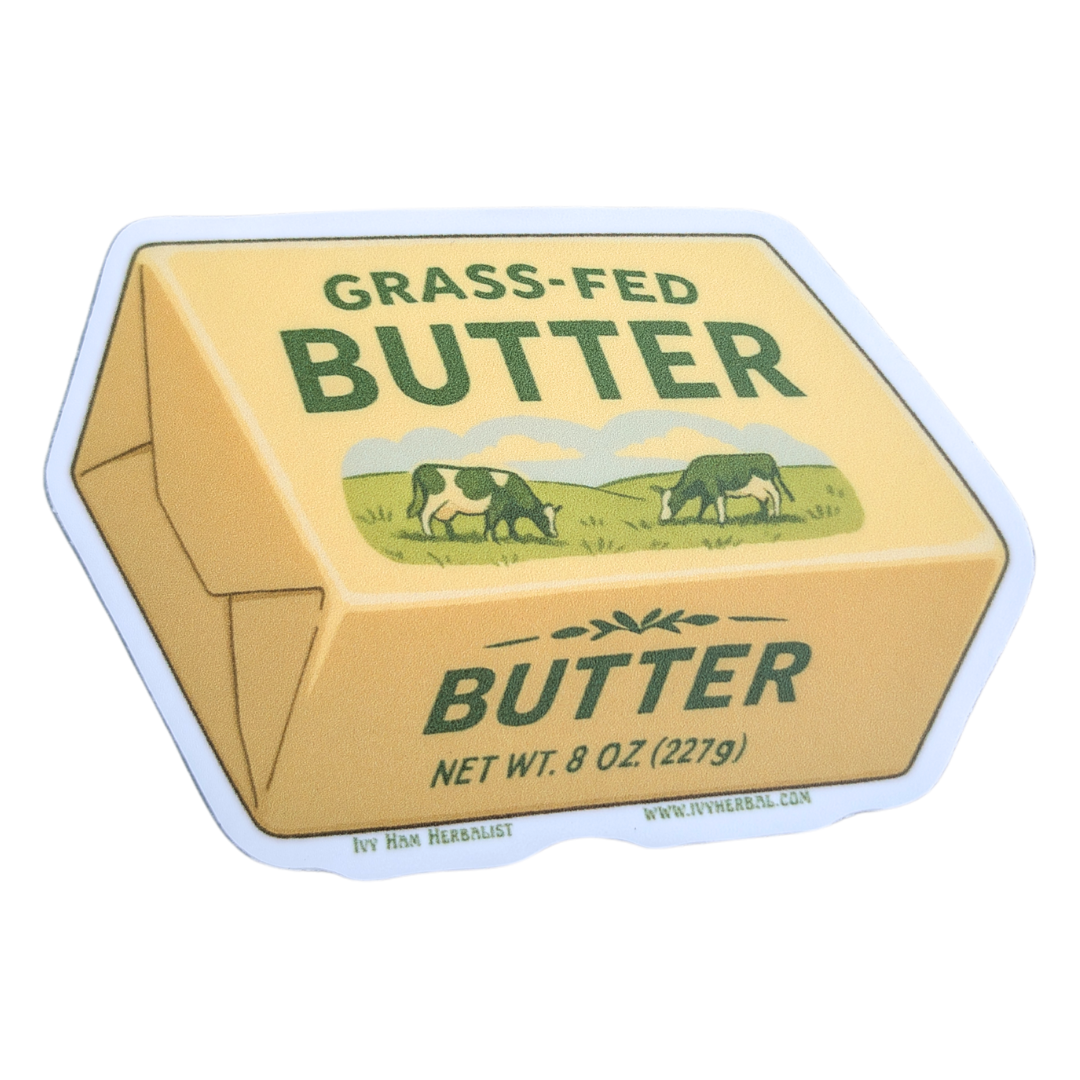Best & Worst Cooking Oils for Your Health
Virtually any food you cook will be made with some kind of oil, but many commercially available oils are actually really bad for your health. It’s no secret that before seed oils were made a part of our diet, they were actually used as engine lubricant up until around 1950, when synthetically produced petroleum-based oils became more popular in the automotive industry. This shift left the huge industry making these oils in a tough spot, which ultimately resulted in a pivot from lube to food. Shortly thereafter, in 1961, the AHA labeled these seed oils as “heart healthy” and recommended reducing saturated fat and replacing it with polyunsaturated vegetable oils.
If you google this topic and look to mainstream websites, you’ll find that seed oils are amazing and heart healthy, but what they leave out is that it’s not the seed oils themselves that are problematic, it’s the fact that they oxidize far easier than other oils (which would make them far more inflammation-promoting than un-oxidized versions), and contain residue of toxic solvents that are used in their production.
Healthy food choices are so hard to navigate these days and I think this has a lot to do with the volume of misinformation from outlets and indoctrinated nutrition “experts” who are financially sponsored by or directly benefit from us making ill-informed choices. I see posts and videos all the time on social media, always with a sponsored or ad flag on them with registered dieticians “fact checking” posts about the negative health effects of consuming seed oils, some even citing a couple flawed studies. Using these low-quality oils is way less expensive than the healthier options I’ve listed for you in this article, and so these companies are trying really hard (spending millions on ads) to stop us from learning about how harmful they are.
-
PUFA stands for polyunsaturated fatty acid, which is a type of fat with multiple “bends” (double bonds) in its chemical structure. Those bends make PUFAs more reactive and delicate, especially to heat, air, and light.
Common PUFAs: the omega-6 and omega-3 fats found in many seed/vegetable oils (soybean, corn, canola, sunflower, safflower, grapeseed) and in nuts, seeds, and fish.
Why people care: Because they’re more fragile, PUFAs can oxidize (go rancid, and rancid oil promotes inflammation) more easily, which is why some folks limit high-PUFA cooking oils and prefer more stable fats for high heat.
Not all the same: Omega-3 PUFAs (e.g., in fish) play important roles in the body; the debate is mostly about how much PUFA to eat and which sources to use, especially for cooking.
Best Cooking Oils & Fats (Low-PUFA, Heat-Stable)
| Rank | Oil / Common Names | Why Ranked High | Notes (use, sourcing, cautions) |
|---|---|---|---|
| 1 | Coconut oil (virgin) | ~90% saturated fat → very heat-stable; ultra-low PUFA | Centrifuge-expressed, organic keeps free fatty acids & peroxides lower than hot/expeller methods → cleaner, less oxidized. Great for sautéing/frying. |
| 2 | Ghee (clarified butter) | Low moisture/solids; mostly SFA → stable | Ideal for high-temp sauté; pleasant flavor; choose grass-fed if possible. |
| 3 | Beef tallow | SFA-rich; robust at high heat | Great for shallow frying/roasting; look for clean, low-PUFA beef sources. |
| 4 | Lamb tallow / suet | High SFA; very stable | Neutral to savory flavor; solid choice for high heat. |
| 5 | Cacao (cocoa) butter | Highly saturated; oxidation-resistant | Great for baking/light sauté; subtle chocolate aroma. |
| 6 | Palm kernel oil | SFA-rich; good heat stability | Source certified sustainable (RSPO+) to address environmental concerns. |
| 7 | Red palm oil | MUFA-leaning with carotenoids/tocopherols | Use at medium heat; strong color/flavor; pick ethical supply chains. |
| 8 | Butter (Ivy's Favorite) | Low PUFA; good flavor | Best at low–medium heat (milk solids brown); ghee for higher temps. |
| 9 | Duck / goose fat | SFA+MUFA blend; reasonably stable | Excellent for roasting; avoid repeated deep-fry cycles. |
| 10 | Lard (pork fat) | Stability varies with feed | Choose pastured, soy/corn-free feed for lower PUFA; use medium heat. |
| 11 | Macadamia oil | Very low PUFA; MUFA-rich | Good for cold uses and medium heat; mild flavor; verify freshness. |
| 12 | Extra-virgin olive oil (EVOO) | MUFA + polyphenols; low PUFA | Use cold. Authenticity can be tricky—choose certified, recent-harvest, dark-glass bottles. |
| 13 | Avocado oil | MUFA-rich; relatively stable | Use cold. Adulteration/rancidity have been reported, so buy lab-verified brands only. |
| 14 | High-oleic sunflower (HO) | Engineered low PUFA → better stability | Still secondary to saturated fats for high heat; pick verified HO varieties. |
| 15 | High-oleic safflower / canola | Lower PUFA than standard versions | Usable in a pinch; favor coconut/ghee/tallow for frying. |
Worst Cooking Oils (High-PUFA, Oxidation-Prone)
Seed-oil note: High-LA/ALA oils oxidize easily during storage and heating, forming OXLAMs and aldehydes (e.g., HNE/HHE) that are linked with oxidative stress and inflammation, which can be especially problematic at frying temps.
| Rank | Oil / Common Names | Why Ranked Low | Notes (inflammation, use, sourcing) |
|---|---|---|---|
| 1 | Grapeseed | Extremely high LA (PUFA) → very unstable | Generates peroxides/aldehydes under heat → pro-inflammatory; avoid cooking use. |
| 2 | Safflower (linoleic type) | Among highest in LA | Oxidizes rapidly; even “high smoke point” doesn’t prevent breakdown. |
| 3 | Sunflower (linoleic type) | Very high LA | Choose HO sunflower instead if you must use sunflower; still avoid high heat. |
| 4 | Corn (maize) oil | High LA; fryer instability | Forms toxic aldehydes at frying temps → inflammatory load. |
| 5 | Soybean | High LA + some ALA → oxidizes easily | Ubiquitous in processed foods; minimize across the board. |
| 6 | Cottonseed | High PUFA; refining concerns | Potential residue issues; avoid for cooking or cold use. |
| 7 | Rice bran | Moderate-high LA despite “high smoke point” marketing | Oxidation still occurs; not Peat-aligned for frying. |
| 8 | Canola (standard rapeseed) | ~30% PUFA (LA+ALA); mediocre heat stability | If unavoidable, pick high-oleic canola and use only at low–medium heat. |
| 9 | Walnut | Very high PUFA (incl. ALA) | Keep strictly for cold, small amounts; refrigerate to limit rancidity. |
| 10 | Flax / linseed | Extremely high ALA → ultra-unstable | Never heat. Tiny, refrigerated doses only, if used at all. |
| 11 | Hempseed | Very high PUFA | Cold-use only; store cold; avoid heat to limit oxidation products. |
| 12 | Pumpkin seed (pepita) | High LA | Flavorful drizzle only; not for cooking; store away from light/heat. |
| 13 | Sesame (gingelly/til) | High LA; some antioxidants but still oxidation-prone | Use sparingly for flavor; avoid high-heat frying. |
| 14 | Peanut (groundnut) | Significant LA; fryer aldehydes | Common in commercial fryers → oxidized byproducts; minimize/avoid. |
| 15 | Wheat-germ | Very high LA; rancidity risk | Not suitable for cooking; perishable even at room temp. |
Note: Prioritize saturated fats (coconut, dairy, animal fats) for cooking; keep MUFA-rich oils (olive/avocado) cold-use only and minimize high-PUFA seed oils due to oxidation and inflammatory byproducts. This content is for educational purposes only.
Featured Products from My Shop
Smart Ways to Use Up Seed Oils
Why repurpose them?
If you’re switching to low-PUFA fats, you don’t have to trash what you already own. Seed oils can be diverted into household, workshop, and emergency uses, no unhealthy skin or food contact required.
Quick, Practical Uses (Home & Shop)
1) Adhesive/Label Residue Remover
How: Soak the sticker area with oil, wait 5–10 minutes, scrape, then wash with hot soapy water or rubbing alcohol. Goo gone is actually an oil-based product, so this would work perfectly as a dupe for that. Make sure to only use on non-porous surfaces.
Best for: Glass, metal, finished wood.
2) Light Rust Inhibitor for Tools
How: Clean and dry metal, wipe on a very thin film of oil, buff off the excess.
Notes: Great for pruners, shovels, and hand saws. Not for precision chains or bearings (veg oils gum up).
3) Squeaky Hinges (Short Term)
How: Add a drop to the hinge pin, swing the door a few times, wipe away excess.
Tip: For long-term lubrication, switch to a proper machine oil later.
4) Woodworking & DIY
Drawer slide wax / screw ease: Melt 4 parts oil : 1 part beeswax for a soft shop wax. Rub lightly on wooden runners or screw threads.
Release agent: Wipe a whisper-thin coat on clamp faces or concrete forms to prevent sticking (shop use only).
5) Fire Starters (Outdoor/Fireplace)
How: Mix oil with sawdust or soak cotton pads; tuck into a cardboard egg carton. Light the cardboard edge.
Safety: Ventilate, use sparingly, keep away from accelerants and never for charcoal chimneys that specify dry kindling only.
6) Emergency Oil Lamp (Dim but Long-Burning)
How: Fill a stable glass jar with oil. Float a cork/foil disk with a cotton wick through it. Light the wick tip.
Safety: Never leave unattended; keep away from curtains, kids, and pets.
What to Avoid - Don’t do these ideas
Food-contact finishes: Cutting boards, cast-iron seasoning—high-PUFA oils can go sticky/rancid. Basically avoid anything that will touch your food or body directly.
Precision lubrication: Bikes, sewing machines—vegetable oils gum over time.
Composting in bulk: Attracts pests; if you must, add very small amounts well mixed with lots of carbon-rich browns.





